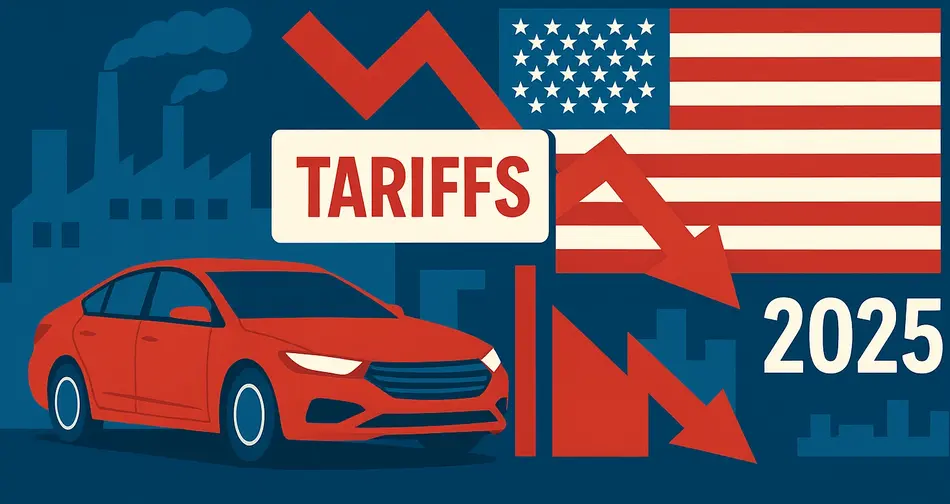Introduction: The Reality of the US Auto Tariffs Impact 2024
The US auto tariffs impact 2024 is sending shockwaves through the American automotive industry. With General Motors and Stellantis reporting billion-dollar losses, and new trade deals shifting the competitive landscape, both businesses and consumers are feeling the effects. In this post, we break down what’s happening, why it matters, and what you can do to stay informed and prepared.
How US Auto Tariffs Are Affecting Major Automakers
General Motors: Absorbing the Costs
- General Motors (GM) reported a staggering $1.1 billion loss this past quarter, directly linked to the latest round of US auto tariffs.
- Despite these losses, GM has not yet passed the increased costs onto consumers, instead absorbing them within their profit margins.
- GM projects a potential $5 billion loss for the remainder of the year if tariffs continue at the current rate.
Stellantis: Facing Even Greater Challenges
- Stellantis, another major US automaker, reported a $2.7 billion loss, with tariffs cited as a major factor.
- The company imports 40% of its vehicles into the US, making it especially vulnerable to tariff increases.
- Stellantis expects its tariff-related losses to double in the second half of the year.
Industry-Wide Effects
- So far, most automakers have avoided raising prices for consumers, but this strategy may not be sustainable in the long term.
- Production halts and operational adjustments are being used to manage costs, but these are only temporary solutions.
The Global Trade Landscape: New Deals and Unfair Competition
The US-Japan Trade Deal
- The recent trade agreement between the US and Japan will open the Japanese market to US-made trucks and cars.
- However, Japanese automakers will benefit from lower tariffs (15%) compared to other foreign automakers facing tariffs as high as 25%.
- This creates an uneven playing field, potentially disadvantaging companies like GM and Stellantis.
Potential Tariff Increases from Canada and Mexico
- If no new deals are struck by August 1st, tariffs on vehicles imported from Canada and Mexico could rise even higher.
- This would further increase cost pressures on US automakers and could eventually lead to higher prices for consumers.
Key Points: What You Need to Know About the US Auto Tariffs Impact 2025
- Billion-Dollar Losses: Major automakers are reporting significant financial hits due to tariffs.
- No Consumer Price Hikes—Yet: Companies are absorbing costs, but this may change if tariffs persist.
- Production Halts: Temporary shutdowns are being used to manage expenses.
- Unfair Competition: New trade deals are creating winners and losers in the global market.
- Future Uncertainty: The industry is in “wait and see” mode, with more changes likely on the horizon.
Related Post: Explore Top Jobs on WhatJobs
Looking for your next career move in the automotive or tech sector? Discover thousands of job listings and career resources on WhatJobs.
How Do Tariffs Affect American Jobs and Careers?
Job Market Shifts
- Tariffs can lead to production slowdowns, which may impact hiring and job security in the automotive sector.
- Companies may shift operations or cut costs in other areas, affecting both blue-collar and white-collar jobs.
Opportunities in Related Sectors
- As automakers adapt, there may be increased demand for supply chain experts, trade analysts, and compliance professionals.
- Job seekers should stay informed about industry trends and consider upskilling in areas like logistics, international business, and technology.
What Should Businesses and Job Seekers Do Now?
For Businesses
- Monitor tariff developments and adjust supply chains as needed.
- Explore new markets and diversify suppliers to reduce risk.
- Invest in technology and automation to improve efficiency.
For Job Seekers
- Stay updated on industry news and trends.
- Consider roles in growing sectors like electric vehicles, supply chain management, and international trade.




